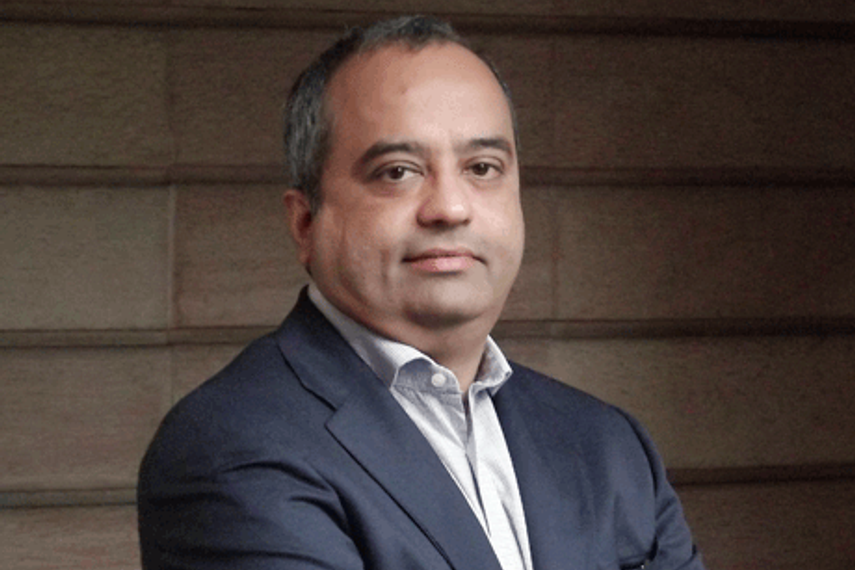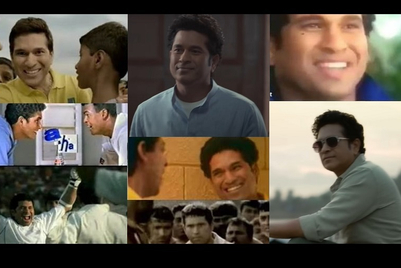
CVL Srinivas, CEO, GroupM South Asia, began his keynote session at the Social Media Week with two confessions.
"I got into the media industry in 1993. The industry was just taking off and I rode the wave and enjoyed myself till 2006-’07. I then got bored and decided to buzz off and thought I'd done enough in the industry and I won't return. I worked for start ups and consultancies, but still got back to the industry. The key reason for the return was the digital world and the emergence of it. I'm hoping to use the experience from being outside (during my break) at the company," said Srinivas.
His second confession revolved around the Big Bang Awards. He said, "I was in Bengaluru recently for the Big Bang Awards organised by The Advertising Club of Bengaluru. I'd entered them back in 1996-’97 last. At that time we saw large agencies winning all the awards, but now creative and digital victories came from small agencies. I realised then that the agency business is democratised at last and that's only because of digital."
‘Making agencies and clients nervous’
With the help of some numbers, Srinivas placed the relevance of digital in context. He said, "Seven per cent of the total advertising spends is digital, but 80 per cent of all time and conversations are about digital. We walk into a client's office and we only talk about digital. People don't know what exactly to do with it, and that's making a lot of people in agencies as well as clients nervous."
He referred to the Global Web Index, which says people who had access to the net spend six hours online compared to three hours offline. He noted that in 2012, FMCGs increased television spend by 11 per cent, but digital spends increased by 43 per cent, and said, “The base is small, but the numbers are still alarming."
When the talk is about digital, can youth be left behind? The GroupM executive then explained how he believed that the most powerful people in agencies are the youth and that should make senior leaders nervous. "They're the ones who are in touch with the trends and have the knowledge about it," said Srinivas.
"We're moving from reach/GRPs to the number of shares, and the engagement level with brands. It's more about the skill than scale now," he added.
Real time marketing
Srinivas outlined that the agencies need to adopt a digital mindset and get into real time marketing. For GroupM, he said ‘non-core’ is now the ‘new core’, and it keeps the agency profitable and relevant. “Now competition isn't just from other agencies but it's from everywhere and that's why digital is involved in everything we do. Partnerships - collaborations have been formed to take on this", said Srinivas.
Case Studies
Srinivas took the audience through three case studies (Nestle, Boost and Axe) briefly, with the focus on digital.
Nestle Dash - Maxus
India is the first market outside Switzerland where Nestle set up a physical space inside its office, with screens displaying real time information from social media about its brands as well as competitors. The screens display tweets, information from Facebook pages and other social media. A hybrid team from Maxus and Nestle is sitting together to send out real time replies to queries or complaints on social media. Srinivas labelled this the future of marketing.
GSK Boost - Mindshare
This campaign was described by Srinivas as one that a media agency wouldn't have been be able to execute four or five years ago.
Mindshare set upon ‘busting the myth’ that one can't ‘plan’ for a viral with a campaign for Glaxo SmithKline's Boost. Boost's brand ambassador, cricketer Sachin Tendulkar, was closing in on the 100 international centuries landmark. The brand leveraged its association with Tendulkar by releasing an anthem in partnership with actor Dhanush. The song honoured Tendulkar and brought an increase in sales for Boost by 45 per cent. 5.5 million views were achieved in two months and Boost's brand mentions grew 145 times, revealed Srinivas.
Axe Chickipedia - Mindshare
With the entry of several deodorants into the Indian market, Mindshare was tasked with reinforcing Axe as the number one brand in India. Seeing that every other brand in the market was creating campaigns only around seduction, Axe looked for something new. Mindshare created Axe 'Chickipedia'.
Srinivas revealed that the campaign was created around the insight that Axe's TG (16 to 24 year old males) spent 37 per cent of their time online, of which, 26 per cent was on entertainment. Amongst all YouTube viewing, 53 per cent was used for comedy. So, the brand decided to create funny content (shows) for the TG, with an theme of the male being able to woo his love interest. The brand created several videos which brought in 24,45,696 minutes of viewing time in six months (equivalent to five years). The shows got 1.54 million views and got 60 per cent audience retention.


.jpg&h=334&w=500&q=100&v=20250320&c=1)
.jpg&h=334&w=500&q=100&v=20250320&c=1)



.jpg&h=334&w=500&q=100&v=20250320&c=1)
.jpg&h=334&w=500&q=100&v=20250320&c=1)


.jpg&h=334&w=500&q=100&v=20250320&c=1)




.jpg&h=268&w=401&q=100&v=20250320&c=1)


.jpg&h=268&w=401&q=100&v=20250320&c=1)
